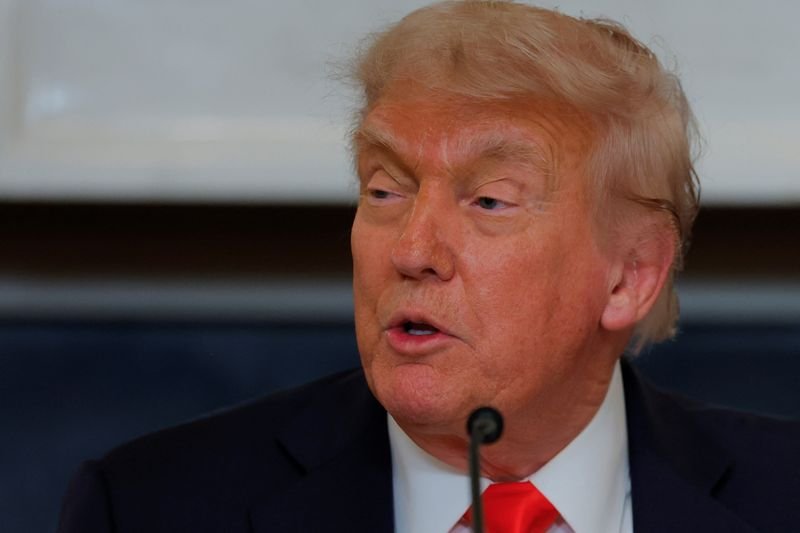Trump Signs Executive Orders to Enhance U.S. Drone Defenses and Promote Supersonic Flight
In a significant development for national security and aviation, former President Donald Trump has signed a series of executive orders aimed at strengthening U.S. drone defenses and accelerating advancements in supersonic travel. These measures align with ongoing efforts to modernize the military while fostering innovation within the aerospace sector.
Enhancing U.S. Drone Defenses
One of the key focuses of these executive orders is to fortify the defense capabilities related to unmanned aerial vehicles (UAVs). As drones become increasingly prevalent in both civilian and military applications, ensuring robust protective measures is critical. The new mandates emphasize the need for advanced technology to detect and neutralize threats posed by hostile drones.
Investment in Technology
The administration is calling for increased investment in cutting-edge technology that can develop effective countermeasures against potential drone attacks. This includes enhancements in radar systems and other detection methods aimed at identifying unauthorized or enemy drones quickly.
Collaboration with Private Industry
In addition to government initiatives, there’s a strong emphasis on collaborating with private industry partners. The administration seeks to engage technology firms specializing in aerospace and defense to foster innovation in drone security. By harnessing expertise from the private sector, the U.S. aims to maintain its competitive edge in drone technology.
Advancements in Supersonic Flight
Another major component of the executive orders is the push for advancements in supersonic travel. The aviation industry has seen limited updates in this area since the retirement of the Concorde. Therefore, one of the objectives is to streamline regulations, making it easier for companies to develop new supersonic aircraft.
Regulatory Easement
The executive orders propose regulatory changes that would facilitate the testing and certification of new supersonic airplanes. Currently, strict noise regulations have inhibited the development of commercial supersonic flights. By addressing these limitations, the U.S. hopes to reignite interest and investment in this sector.
Environmental Considerations
While promoting supersonic travel, the administration is also mindful of environmental impacts. Efforts are in place to ensure that any new supersonic aircraft meet contemporary environmental standards, minimizing the carbon footprint associated with high-speed travel.
Competitive Global Market
The need to enhance U.S. drone defenses and promote supersonic flight is underscored by the competitive global market. As nations around the world invest in advancing their military and commercial drone technologies, the U.S. must stay ahead to ensure both national security and economic growth.
Global Partnerships
In addition to domestic measures, establishing global partnerships is crucial. Collaborating with allied nations can provide shared insights and capabilities in drone technology and aerospace advancements. Joint exercises and information-sharing initiatives can enhance operational readiness and security.
Conclusion
With these executive orders focused on strengthening U.S. drone defenses and fostering supersonic flight advancements, the administration aims to position the country as a leader in both military and commercial aerospace technology. By investing in innovation and collaboration, the U.S. can ensure its continued prominence in an ever-evolving global landscape.
